"Texture adds variety and visual stimulus to the surface of a painting."
Britton Francis
Have you ever bought a sweater and you put it on and then – ack – it’s super scratchy? What about that blanket we want at night because it’s just so darned soft? And we know there are many different reasons for owning a dog or cat – but one of them is to have that destressing feeling of petting their soft fur. Texture plays a huge part in our lives – and it does in art too. And in this post, I’ll show you how to teach texture to kids – and at what ages.
This post is a part of our Elements of Art Series, which is celebrating our new PEP Curriculum – all about the Elements of Art & Principles of Design. We’ll be taking a dive into the different ways that we can teach these ideas to kids – so that they’re fun for kids. Make sure to head back and see the posts on Color, Line, Shape, and Form.
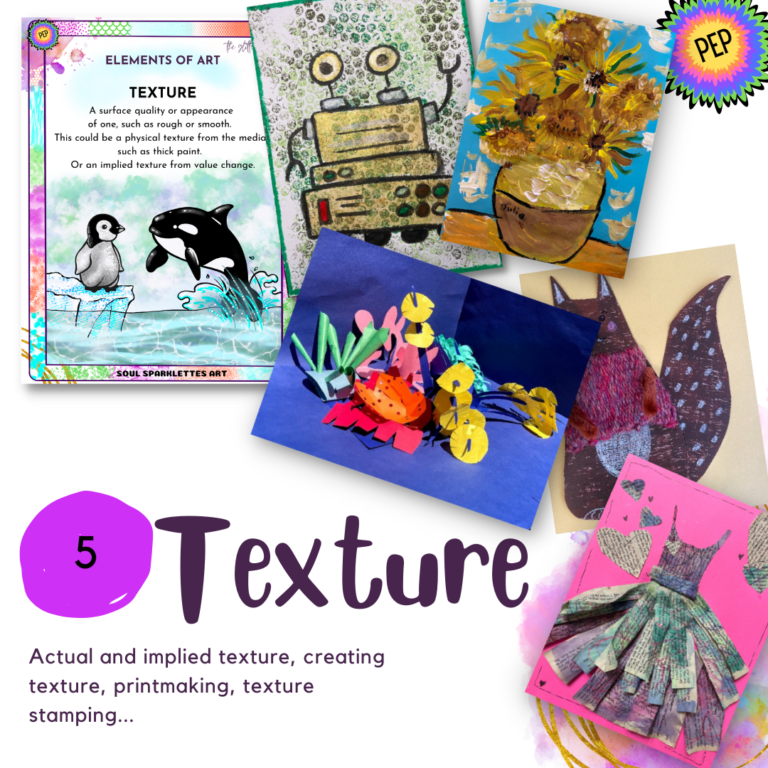
How to Teach Texture Ages & Stages: What to Teach and When
🟢 Beginner (K-2nd)
- Experiment with actual and implied texture
- Use various art supplies in different ways to create texture
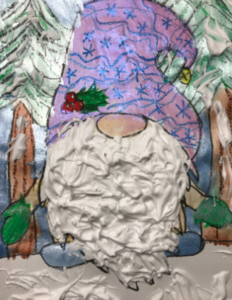
🔵 Intermediate (3rd-4th)
Now that kids understand what texture is, and have experimented, now it’s time to dive a little bit deeper and understand that role that it can play within artwork.
During these grades, kids can have fun:
- Using implied and actual texture jointly in an artwork and surprising the viewer with what they can actually feel, and what they can’t!
- Create contrast using texture (look at how the sweater on the squirrel just pops).
- Use folding and cutting techniques to create texture. Often when we use collage, we cut out a piece and glue it down – but kids can have fun making fringes, and other types of cuts in the paper.
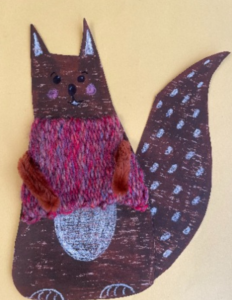
🟣 Advanced (5th-7th)
In 5th-7th grades and beyond, students are well versed in implied and actual texture, and are now starting to think about how it impacts their art. They can also start combining texture with other Elements of Art, such as line and contrast.
Kids will love exploring:
- Creating surface texture
- Using various types of lines to create texture, both actual and implied
- Creating texture contrast between foreground and background
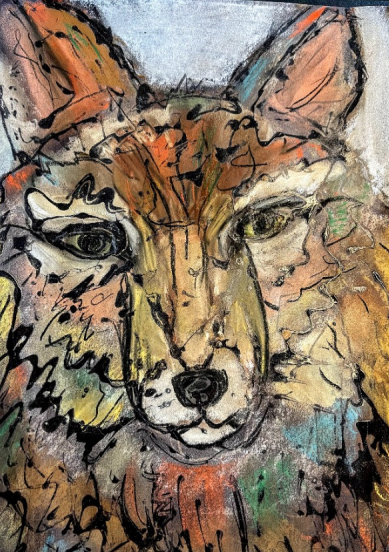
5 Books for Teaching the Element of Texture
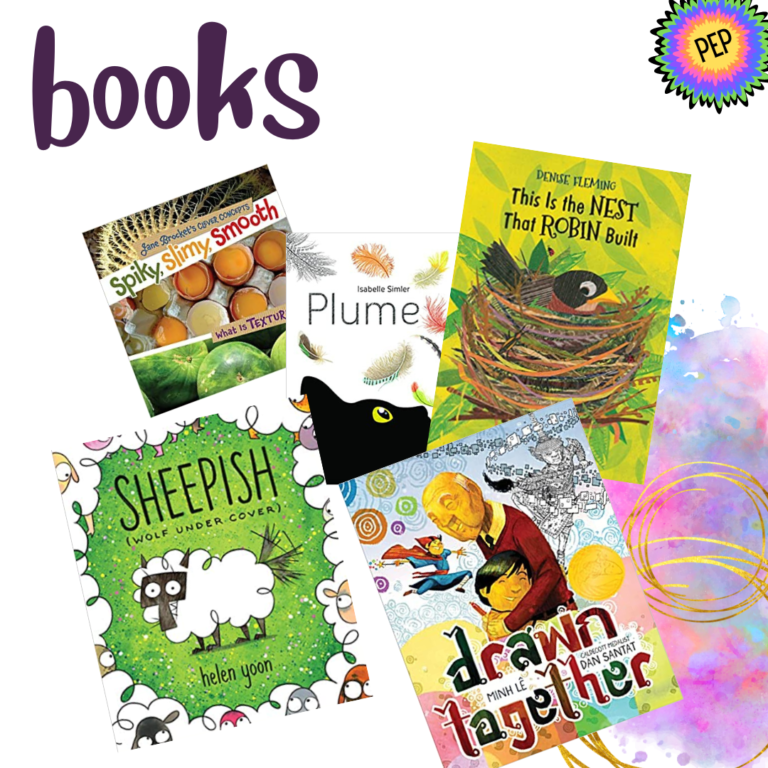
Here’s 5 of our favorite books for teaching texture (there’s more inside our PEP Curriculum inside the Glitterbombers membership). These are Amazon afflinks which means we earn a small percentage that goes towards coffee at no additional cost to you.
Ready to add Texture to your Curriculum?
Wondering how to teach texture right now? Try one of these two projects!
Enjoy a project inspired by Peter Brown’s exploring robot with the Wild Robot art project.
Or try Sweater for Squirrel which is available for purchase on our TPT site right here.
Join the Glitterbombers Membership!
You’ll find hundreds more art projects, videos, and resources at your fingertips for whatever you’re studying, or whatever art concept you’re ready to teach. Head here to hop on the waitlist and find out when we open next!


